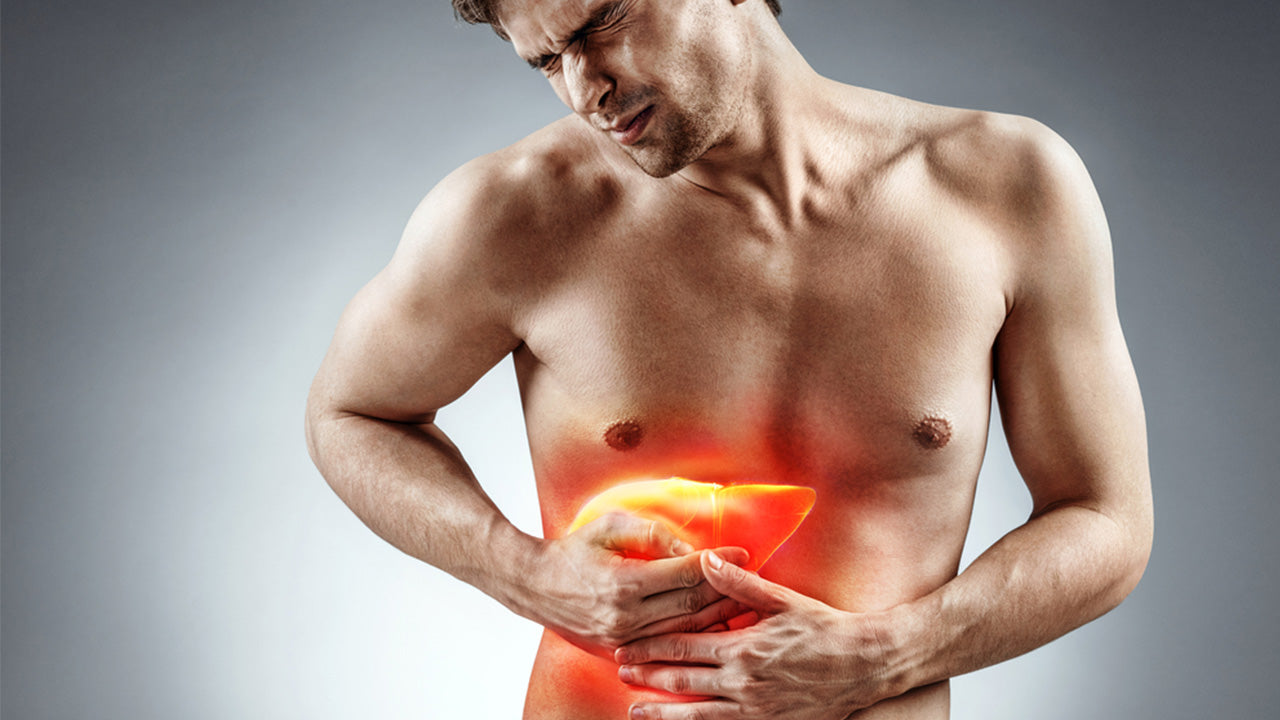What Vegetarians Need to Know About Amino Acids
 By: by Amino Science
By: by Amino Science

If you’ve chosen to follow a vegan or vegetarian diet, it’s important to honor how your body responds to that choice and make sure you’re providing it with the essential nutrients it needs to thrive. While worry that following a vegetarian or vegan diet can make it impossible to eat enough protein to meet the human body's needs, the truth is that it's entirely possible to hit the benchmark for your protein needs by prioritizing a steady intake of high-quality plant proteins.
While animal products often get held up as the best sources of protein because they contain all the essential amino acids that our bodies need, plant sources can also be complete proteins providing the full range of nine essential amino acids.
23 Top Vegan and Vegetarian Amino Acid Powerhouse Foods
Protein-rich food for vegetarians includes familiar standbys like eggs and dairy products as well as modern superfoods like quinoa, chia seeds, and quorn, all of which are complete proteins containing all 9 essential amino acids.
Just one egg has about 6 grams of protein, 1 cup of milk delivers 8 grams of protein, and chia seeds provide an impressive 2.5 grams per tablespoon. Soy products, including soy milk, also provide all nine essential amino acids.
And don't be afraid to prioritize vegetables themselves when looking for ways to incorporate good sources of protein into your plant food-focused diet. Good vegetable sources of amino acids include cucumbers, onions, radishes, cabbage, carrots, lettuce, turnips, and spinach.
As you build a healthful, meat-free yet protein-rich diet for yourself, draw inspiration from this list of the 23 top vegetarian and vegan protein sources.
| Eggs | Cabbage | Buckwheat |
| Milk | Carrots | Sun-dried tomatoes |
| Yogurt | Lettuce | Guava |
| Soybeans | Turnips | Artichoke |
| Spinach | Chia seeds | Peas |
| Cucumbers | Hemp seeds | Beans |
| Onions | Amaranth | Lentils |
| Radishes | Hummus |

How to Combine Foods to Form Complementary Proteins
Food combinations are a good way to get vegetarian amino acids. The idea is that when you pair incomplete proteins, they combine to form a new plant-based protein that is complete in that in contains all the essential amino acids. By matching protein food sources that are deficient in different amino acids, the combination of the two or more will meet all essential amino acid requirements.
Perhaps the most classic American example of this comes from the southern part of the United States: red beans and rice. This popular dish is often cited as a good example of complementary proteins. The idea is that while neither can be considered a complete, high-quality, protein-rich food on its own, together they provide a balanced mixture of essential amino acids.
There are many more examples of complementary proteins working synergistically in a diet to provide a good balance of essential amino acids, such as a peanut butter sandwich made with whole grain bread or yogurt with nuts. However, there are a few things about complementary proteins that you should keep in mind.
First, they have to be eaten at the same time. All the essential amino acids must be increased simultaneously and in the appropriate profile to fully stimulate protein synthesis.
Second, and most importantly, they must have truly complementary profiles of essential amino acids. Unfortunately, the quality of most plant-based proteins is limited by the availability of lysine. This is, in fact, the case with red beans and rice. The combination of red beans and rice go together nicely in a meal, but the concept that they are complementary proteins is more legend than fact.
It's also important to consider the protein density of both foods. If both have low densities, the total amount of calories that will need to be consumed to meet essential amino acid requirements will be quite significant.
Because vegan diets don’t allow for eggs, dairy, or any other foods derived from animals, adopting that eating approach can make it more challenging to find the right food combination to get a complete protein.
An omnivore diet provides more animal proteins high in lysine, however eating meat and other animal products is no guarantee that you will meet your body's nutrient needs. It's important for omnivores, vegetarians, vegans, and eaters of all persuasions to prioritize minimally processed whole foods and an adequate intake of all the amino acids the body needs.
An alternative to combining animal and plant-based proteins to enhance protein quality is to incorporate essential amino acid supplements into the diet—they can address any imbalance in the essential amino acid profiles of dietary protein. It’s important to note that many vegetarian protein powders on the market are loaded with carbs and added sugars, so choosing a naturally low-calorie amino acid complex is crucial.
Adding an essential amino acid supplement to a vegetarian diet will significantly improve the ratio of essential amino acids to nonessential amino acids in the diet without contributing much to the total caloric intake. It can be daunting to think about new food combinations on a daily basis—that’s when amino acid supplements come to the rescue to make your life easier.
Vegetarians and Amino Acid Supplements: A Truly Complementary Combination
As a supportive measure, an essential amino acid supplement should be taken twice a day, between meals or before going to bed.
However, If you are taking essential amino acid supplements because your regular diet falls short in meeting the recommended intake of high-quality protein, then, in addition to the between-meal doses, you should take supplements with your meals to enhance the physiological effectiveness of the dietary protein intake.
The dosage with meals to make up for dietary deficiencies depends on how far short your diet falls of the goal intake of high-quality protein. In the case of a plant-based diet, this could be up to 15 grams of essential amino acids with each meal to obtain optimal results.
Explore the most trusted essential amino acid supplements on the planet here.


Up to 25% off Amino
Shop NowTAGS: knowledge
Join the Community
Comments (0)
Most Craveable Recipes




 833-264-6620
833-264-6620



















